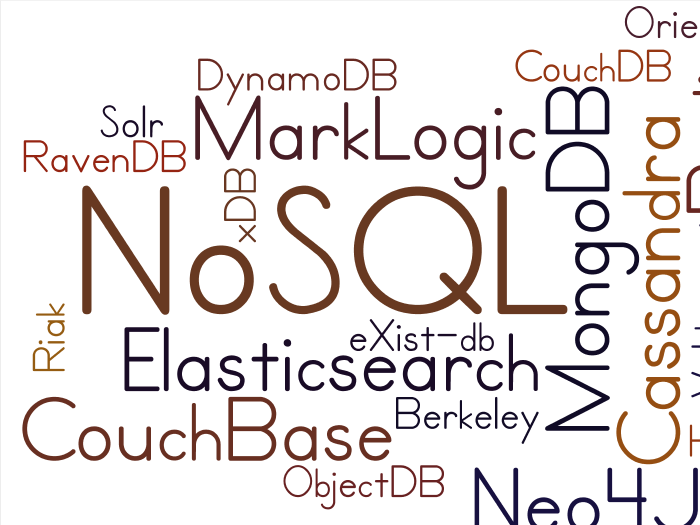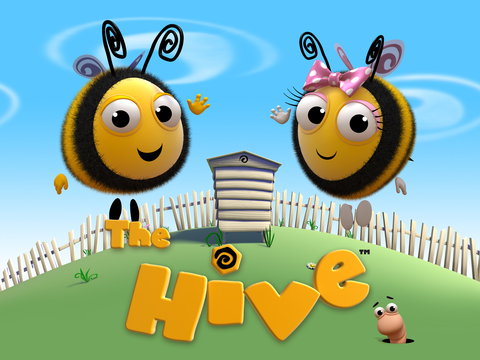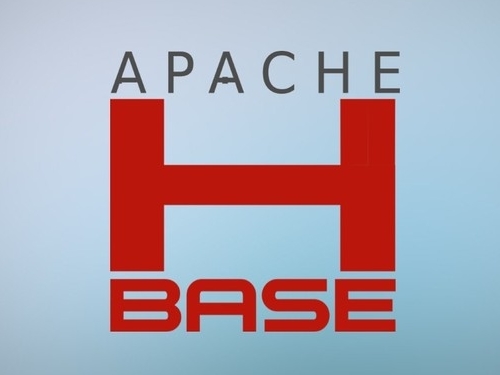Big Data Stack Compare
1. Batch Processing ETL + ELK ELK stands for Elastisearch, Logstash, Kibana and is a powerful tool for real-time logs analysis. Performance depends on the amount of RAM for the cluster. If the full index is in RAM search will have close to zero latency. This solution also supports storing similar information in one cluster to enhance speed. ELK can be hard to maintain if the index is growing big, but scaling is achieved by adding new nodes.











